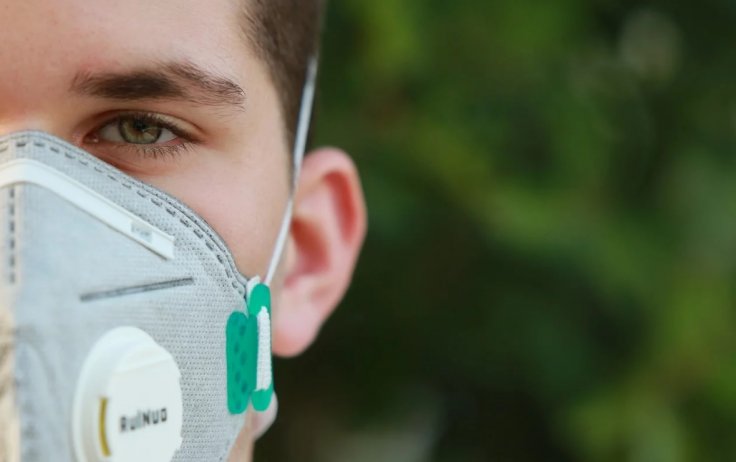With limited health system capacity, lower-income countries fighting COVID-19 should focus on increasing the availability of oxygen support in the short term to mitigate the health impact alongside enhancing the capacity for surveillance and wide-scale testing to reduce the spread of infection and tailor appropriate measures, say researchers.
In the longer-term, it should be a global priority to ensure that lower-income countries have the same access to drugs and treatments to help combat the virus, said the study published in the journal Science.
"Our research demonstrates that, in general, lower-income countries responded in a more effective and timely manner to the threat of COVID-19 than their high-income counterparts," one of the researchers, Patrick Walker, from Imperial College London, said in a statement.
Pandemic in Lower and Middle-Income Countries

"However, the trade-offs in maintaining control are more severe where health systems and economies are more fragile. As death rates have fallen in higher-income countries, epicenters of the pandemic are emerging in lower and middle-income countries, including Brazil, India, and South Africa."
For the study, the researchers from Imperial's Covid-19 Response Team, Liverpool School of Tropical Medicine, and the University of Oxford evaluated the unfolding COVID-19 epidemics among different income countries.
To better understand the factors that could result in a differential impact of the pandemic in low and middle-income countries (LMICs), the researchers calibrated a global model with country-specific data on demography, contact patterns, disease severity, and healthcare capacity. In lower-income countries, even if the risk is reduced because populations are younger, this benefit is largely negated by limited health system capacity and closer inter-generational contact, according to the researchers.
Vulnerable Age Group
Low-middle income countries tend to have larger households where an older person, over the age of 65, is also a resident, compared with higher-income countries. This not only increases the potential for spread generally but also specifically in this particularly vulnerable age group.
In these places, efforts to mitigate the virus will need to be maintained or triggered more frequently, said the authors, adding that in these locations, mitigation strategies that slow but do not interrupt transmission will still lead to COVID-19 epidemics rapidly overwhelming health systems.









